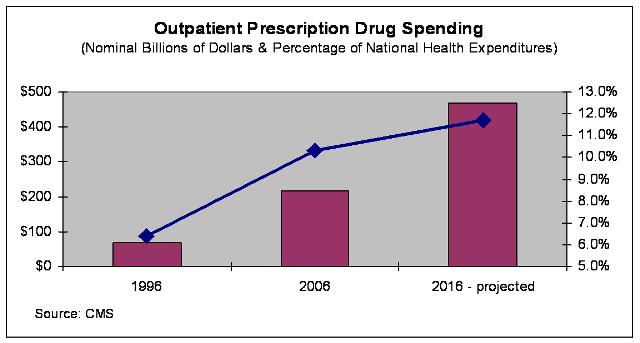Life sciences companies have always faced challenges communicating the clinical and economic value of their products and services to different groups of stakeholders. These challenges arise from the technical nature of research information, the different perspectives of various groups, (e.g. clinicians, payers and patients), and marketing regulations. However, with costs continuing to rise, political, business and advocacy leaders are all agreeing that health care spending is growing out of control. Therefore, no matter who wins the White House in November, “cost containment” will be the embodiment of “change” for health care in 2009 and beyond – and the current economic downturn and expanding government deficits will only fan those flames.
Payers Will Demand More Proof of Value
Life science companies will face requests for new levels of evidence from payers and others who are looking to control health care spending. For example, programs like “pay for performance” and denial of payment for “never” events that physicians and hospitals are now facing, will be extended to life sciences companies. These new schemes will require life sciences companies to present more sophisticated demonstrations of the value of their products – particularly new treatments and diagnostics. In 2009, companies will see more payers moving forward with more aggressive risk sharing and reimbursement proposals – including arrangements that have lower entry pricing with the potential for subsequent increases based upon demonstrated value.
Marketplace Changes
Marketplace changes will compound these challenges for life sciences companies:
- New generic forms of successful previously branded medicines will be setting a higher value bar for new therapies
- The aging of the baby boomer generation will make cost containment a growing force for many years
- Improved electronic information systems will enable clinical and financial analyses to be done faster and closer to real time, which will permit payers to implement more aggressive cost containment and utilization management programs
Communicating and Demonstrating Value
To meet this new challenge, life sciences companies will need to change the way they demonstrate and communicate the value of products and services to key audiences, including payers, clinicians, patients, investors and other stakeholders:
- Demonstrating value will require more quantitative methods, such as the often maligned “cost effectiveness analyses” (CEA)
- Communicating the results of these assessments to key audiences will be an essential second step, because each of these groups has different perspectives and concerns
- Consistent with this movement towards delivering more sophisticated information, the personal relationships of sales and marketing will need more capabilities – both internal and external – for analytical evaluations and targeted group communications
- And lastly, life sciences companies will benefit by developing stronger and more positive relationships with stakeholder and customer groups – which will help companies develop and deliver their value messages in the process of creating shared visions and collaborations for quality improvement and cost containment

